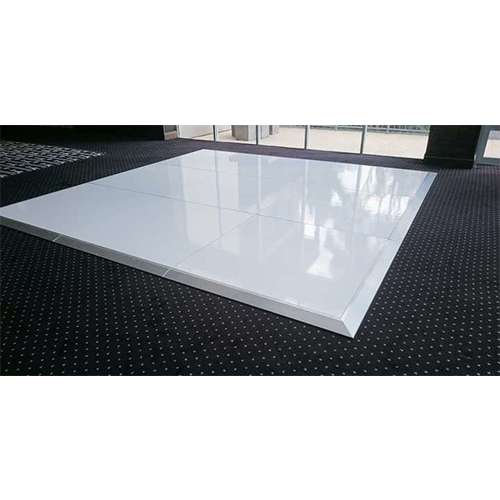Dance surfaces have evolved considerably over the years, becoming increasingly than just a space to move to music. Currently, they are converted into breathtaking visual experiences through the use of multiple materials and technologies. These substances not only enhance the aesthetic attractiveness of the area but also enhance the overall experience for dancers and audiences alike. Comprehending the versatile substances that contribute to these dynamic environments can offer understanding into the craft of dance floor design.
One of the most common materials used in contemporary dance floors is light-emitting diode illumination. Light-emitting diode lights are energy-efficient and can produce a wide range of colors and effects. They can be integrated in the floor directly or used as part of a illumination setup over the dance floor. This technology allows for synchronized light shows that can change in response to the music, creating an engaging encounter. The capability to configure these lights means that they can be tailored to fit different themes or atmospheres, making each occasion distinct.

Another crucial material is reflective surfaces, such as reflectors or polished tiles. These materials can create an illusion of space and dimension, making the dance floor appear larger than it is. When performers move, their images can add an additional layer of visual interest, enhancing the complete show. Additionally, reflective surfaces can interact with lighting impacts, amplifying the colors and designs displayed on the floor. This combination of illumination and reflection can captivate audiences and boost the energy of the occasion.
In furthermore to lighting and mirror-like materials, the use of digital screens has grown increasingly common in dance floor creation. These screens dance floor wraps for state fairs can display lively visuals, animations, or even real-time feeds of the performance. By incorporating electronic technology, event planners can create a multi-sensory encounter that engages both the performers and the audience. The capability to change visuals in actual time allows for a dynamic atmosphere that can adapt to the rhythm and vitality of the music, making each moment feel fresh and thrilling.
Additionally, the choice of flooring substance itself plays a key role in the overall experience. Classic wooden dance floors are still favored for their durability and functional qualities. However, more modern materials like vinyl and elastic are becoming popularity due to their flexibility and simplicity of maintenance. These materials can provide superior impact absorption, reducing the risk of injury for dancers. Additionally, they can be crafted with various patterns and hues, allowing for creative expression in the dance floor's look.
In summary, the evolution of dance floors into breathtaking aesthetic experiences relies on a combination of innovative substances and techniques. Light-emitting diode illumination, reflective surfaces, digital screens, and customized flooring substances all add to creating an captivating setting for performers and spectators. As technology continues to advance, the opportunities for improving dance floor design will only expand, making upcoming occasions even more enthralling and memorable. Understanding these substances helps value the craftsmanship involved in creating spaces where movement and melodies come together harmoniously in harmony.
Comments on “Investigating the Diverse Materials That Convert Performance Floors into Breathtaking Visual Experiences”